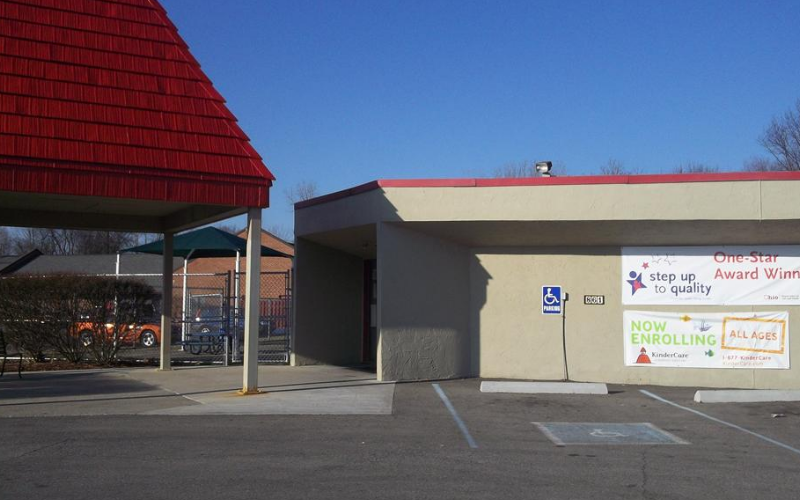

Type of Care

Philosophy

Language
Spanish
Chinese
French
American Sign Language
Arabic
Armenian
German
Hebrew
Hindi
Japanese
Korean
Persian
Russian
Urdu
Close

Type of Program

Other

Hours

Age
0 - 1 Years
1 - 2 Years
2 - 3 Years
3 - 4 Years
4 - 5 Years
Kindergarten
Before/After School
Summer Camp
Close

Weekly Budget

Facility

Services
Filter Childcare & Preschool Options in Columbus, OH:
Type of Program
Age
Hours
Nannies, Babysitters & Other Child Care Options
Other Daycare Options Near Columbus, OH
FAQs About Daycares in Columbus, OH
How many daycares are there in Columbus?
There are 436 daycares in Columbus, based on CareLuLu data. This includes 15 home-based programs and 421 centers.
How much do daycares cost in Columbus?
The average cost of daycare in Columbus is $585 per month. This is the average price for full-time, based on CareLuLu data, including homes and centers.
How many daycares accept infants in Columbus?
Based on CareLuLu data, 32 daycares care for infants (as well as toddlers). This includes 3 home-based programs and 29 centers.
How many daycares offer part-time care or drop-in care in Columbus?
Based on CareLuLu data, 40 daycares offer part-time care or drop-in care in Columbus.
How many daycares teach a foreign language in Columbus (Spanish, French, Chinese, etc.)?
Based on CareLuLu data, 10 daycares speak at least one foreign language. Most common languages include Spanish and Arabic.
Top Resources for Finding Daycare & Preschool
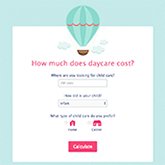
How Much Does Daycare Cost? Check the Daycare Price Calculator
How much does full time daycare near me cost? Is home daycare more affordable than a center?
How much does full time daycare cost? Is home daycare near me more affordable than a center? Use our Daycare Tuition Calculator to find out average daycare tuition rates in your zip code.
See More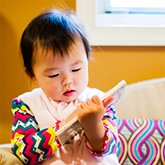
Child Care Center vs. Home-Daycare: Pros & Cons
Which environment is better, a child care center or a home-based daycare? The answer is simple...
During a child care seminar for parents and parents-to-be, I realized the differences between child care centers and home-based daycares were unclear to a lot of families. I was asked which environment was the best, center or home. My answer was simple...
See More
Preschool Teaching Philosophies in a Nutshell
Montessori, Waldorf, Reggio Emilia, High-Scope... which preschool teaching philosophy is the best?
Montessori, Waldorf, Reggio Emilia, High-Scope, Bank Street... Most likely you've never come across such terms, unless of course... you started looking for a preschool! Which preschool teaching philosophy is the best? Find out how they are different.
See More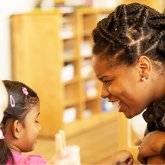
Switching Daycares: 7 Tips for a Smooth Transition
Thinking of switching daycares? These 7 practical, expert-backed tips will help you prepare your child emotionally and make the change as smooth as possible.
Thinking of switching daycares? These 7 practical, expert-backed tips will help you prepare your child emotionally and make the change as smooth as possible.
See More
How To Get Your Child Care Tax Credit
Here are 10 things you need to know to claim your Child and Dependent Care Credit...
For most families, child care is the highest single household expense. But, there's good news! Uncle Sam is here to help and can offset some of your daycare costs. Here are 10 things you need to know to claim your Child and Dependent Care Credit...
See More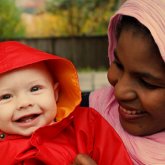
7 Gift Ideas for Child Care Provider Appreciation Day
Are you looking for gift ideas for Child Care Provider Appreciation Day? We've got 7 memorable suggestions to celebrate the ones who care for your little ones.
Are you looking for gift ideas for Child Care Provider Appreciation Day? We've got 7 memorable suggestions to celebrate the ones who care for your little ones.
See More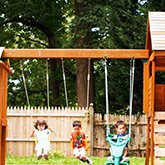
What to Look for During a Child Care & Preschool Tour
Make the most of your daycare tour, here's how to evaluate the program before your child enrolls.
The daycare and preschool tour is a (maybe even the) key moment in the decision making process, so it's important that you make the most of your daycare tour. Here's how to evaluate the child care program before your child enrolls.
See More
10 Tips for Finding Great Child Care
Here are 10 tips to help you find affordable and quality child care.
When I needed a daycare and a preschool for my girls, I spent days on Google, phone, and visiting in person. I toured 16 centers before settling for the one that felt right for us. Here are 10 tips to help you find quality child care more easily.
See More
How to Get Your Child to Share Their Day at Daycare & Preschool
"How was your day?" you ask your preschooler. If you're lucky, you'll get "Good." Here's why...
"How was your day?" you ask your preschooler. If you're lucky, you'll get "Good." "Why doesn't my little one tell me about her day?" you wonder. This is a parenting conundrum that baffles many. There are a few possible reasons...
See More
How to Find the Best Daycare for You
In this post, we'll walk you through how to find a daycare and criteria to help you narrow down options.
There are many things to consider when searching for the best daycare for your family, which can understandably leave you feeling overwhelmed. In this post, we'll walk you through how to find a daycare and criteria to help you narrow down options.
See More



